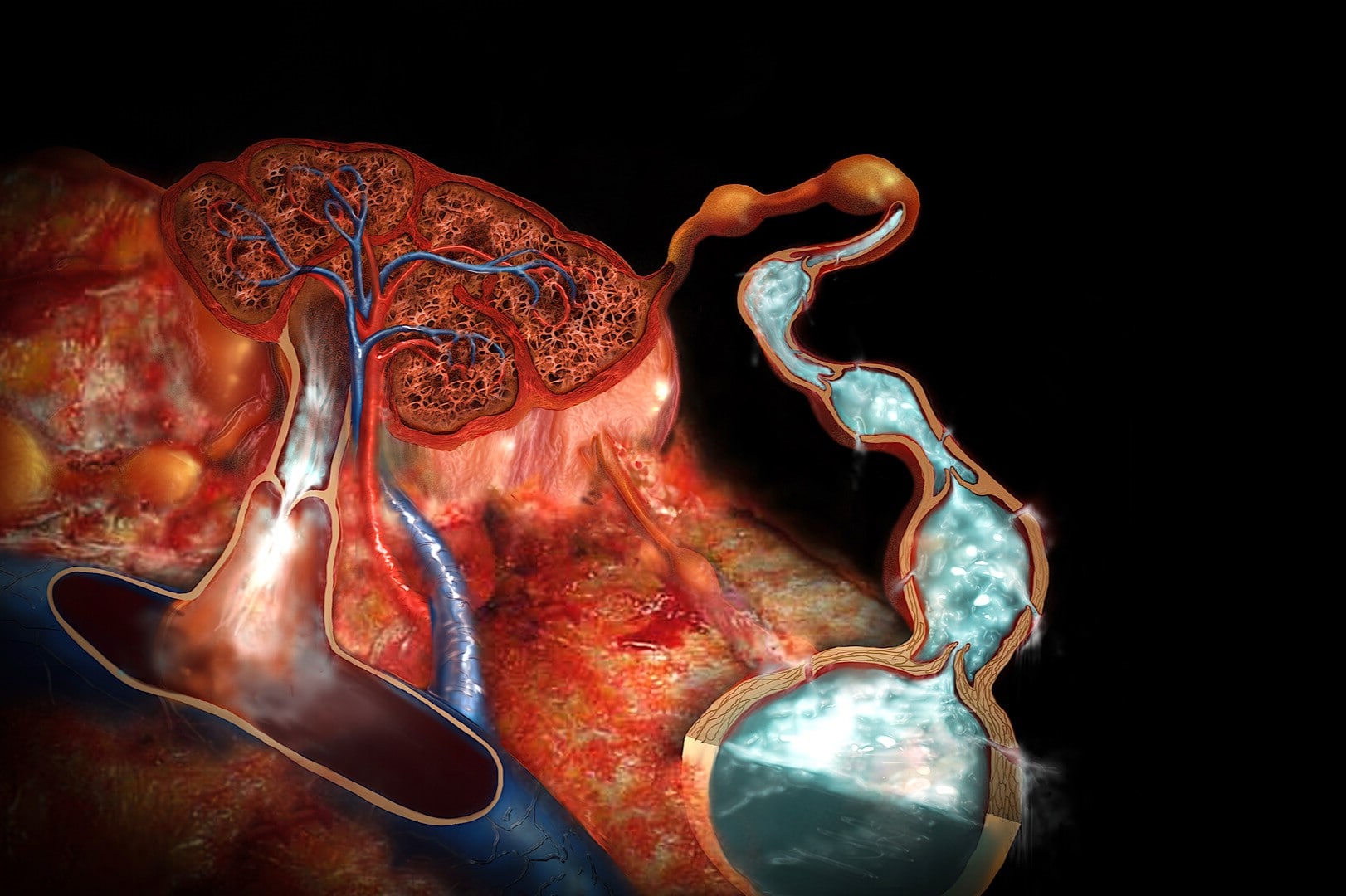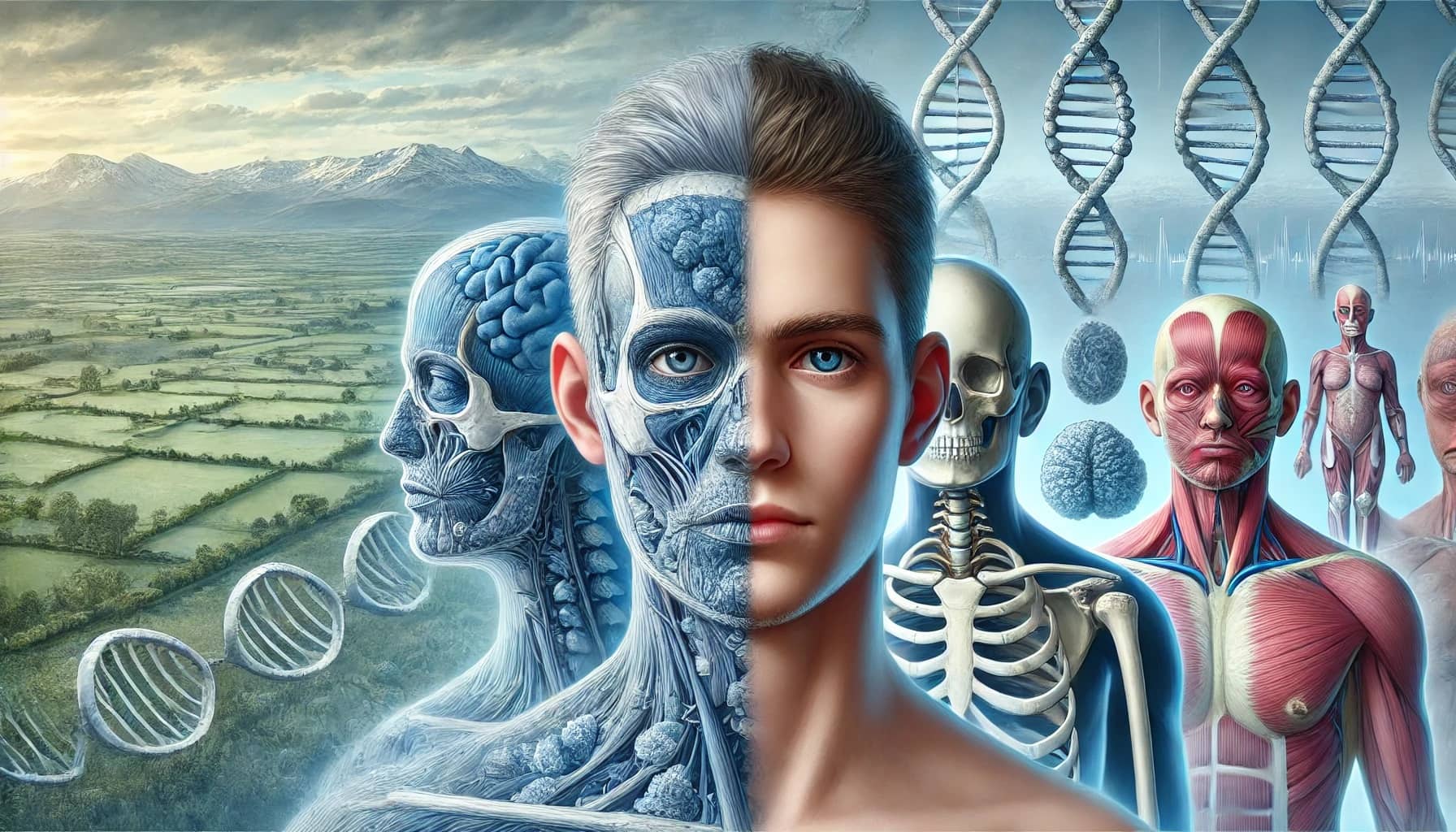
What is Chondroblastoma? Chondroblastoma is a rare, benign bone tumor that originates from cartilage-producing cells called chondroblasts. It primarily affects the ends of long bones, especially in children and young adults. This tumor, also known as Codman's tumor, accounts for less than 1% of all primary bone tumors. It usually appears in the proximal humerus, distal femur, and proximal femur but can also occur in flat bones and hands or feet. Symptoms often include bone pain, swelling, and impaired joint mobility. Diagnosis involves radiologic and histopathological examinations, while treatment typically requires surgical removal to prevent recurrence and ensure proper healing.
Key Takeaways:
- Chondroblastoma is a rare bone tumor that mainly affects children and young adults, causing bone pain and mobility issues. Surgical removal is the primary treatment, with a good prognosis for most patients.
- Chondroblastoma can be diagnosed through imaging tests and histopathological examination, revealing characteristic features such as chondroblasts and giant cells. Understanding the symptoms and treatment options is crucial for managing this condition.
What is Chondroblastoma?
Chondroblastoma is a rare, benign bone tumor that primarily affects children and young adults. It originates from cartilage-producing cells called chondroblasts. Let's dive into some fascinating facts about this condition.
- Chondroblastoma is also known as Codman's tumor, named after the American surgeon John Codman, who first described it in 1928.
- This tumor accounts for less than 1% of all primary bone tumors, making it quite rare.
- It predominantly affects children and young adults, with a peak incidence in the second to third decade of life.
- There is a slight male predominance in the incidence of chondroblastoma, with a male-to-female ratio of approximately 2:1.
Where Does Chondroblastoma Occur?
Chondroblastomas have specific preferences for where they develop in the body. Understanding these locations can help in diagnosing and treating the condition.
- Chondroblastomas most commonly arise in the epiphyseal regions of long bones, particularly in the proximal humerus, distal femur, and proximal femur.
- They can also occur in flat bones and the bones of the hands and feet, although this is less common.
What Are the Symptoms?
Recognizing the symptoms of chondroblastoma is crucial for early diagnosis and treatment. Here are some common signs to watch for.
- The most common symptom of chondroblastoma is bone pain, which may be slight or moderate and may persist for months or years.
- Other symptoms include a withered or shrunken appearance of the muscle near the affected bone.
- Impaired mobility of the adjacent joint is another symptom.
- Fluid buildup in the joint next to the affected bone can also occur.
How is Chondroblastoma Diagnosed?
Diagnosing chondroblastoma involves a combination of imaging tests and histopathological examination. Here's how doctors pinpoint this condition.
- Diagnosis is primarily based on radiologic findings and histopathological examination.
- Imaging tests such as X-rays and MRI are used to confirm the presence of the tumor and rule out associated abnormalities.
- Histological examination reveals characteristic features such as chondroblasts, chondroid matrix, and giant cells.
What Are the Histological Characteristics?
The microscopic features of chondroblastoma provide vital clues for diagnosis. Let's explore what these tumors look like under the microscope.
- Histologically, chondroblastomas are characterized by the proliferation of immature chondrocytes (chondroblasts) along with other secondary elements such as mature cartilage, giant cells, calcification, and occasionally, aneurysmal bone cyst formation.
- Randomly distributed osteoclast-type giant cells are almost always present.
What Does Chondroblastoma Look Like on Imaging Studies?
Radiologic investigations provide a visual representation of chondroblastoma, helping doctors identify and assess the tumor.
- Radiologic investigations typically show a small, circumscribed, lytic lesion.
- MRI may show low-intensity in T1-weighted images and high-intensity in T2-weighted images with multiple fluid levels, which can resemble an aneurysmal bone cyst (ABC).
How is Chondroblastoma Treated?
Treatment for chondroblastoma focuses on removing the tumor and preventing recurrence. Here's what you need to know about the treatment options.
- The treatment of choice for chondroblastoma is surgical removal of the tumor.
- The goal is to remove the tumor completely to prevent recurrence and damage to the affected bone.
- In some cases, bone grafting may be necessary to repair damaged bone.
- Reconstruction or replacement of an affected joint may be required.
- Physical therapy is essential for restoring strength and function after surgery.
- Follow-up care is crucial for patients with chondroblastoma to monitor for recurrence and ensure proper healing.
What is the Prognosis?
Understanding the prognosis of chondroblastoma can help patients and their families prepare for the future.
- Chondroblastoma generally has a good prognosis, with most patients experiencing full resolution after surgical treatment.
- Recurrence can occur, particularly in tumors of the hip and lumbar spine.
- The likelihood of recurrence depends on the location of the initial tumor and the surgical intervention selected.
What Are the Genetic Factors?
Genetic factors play a significant role in the development of chondroblastoma. Let's explore some of these genetic abnormalities.
- Various genetic abnormalities have been identified in chondroblastoma, including mutations in the H3F3B gene.
- These mutations are more common than mutations in the H3F3A gene.
- Other chromosomal abnormalities such as those at 2q35, 3q21-23, 8q21, and 18q21 have also been reported.
- Recent research has shown that chondroblastomas harbor distinctive driver mutations in the genes that encode histone H3.3.
- These mutations are particularly notable in the H3F3B gene.
- K36M mutations in either the H3F3A or H3F3B genes have also been identified in chondroblastomas.
What Are the Immunohistochemical Stains?
Immunohistochemical stains can aid in the diagnosis of chondroblastoma by highlighting specific cellular markers.
- Immunohistochemical stains such as DOG1 and SOX9 have been described in chondroblastoma.
- These stains can aid in the diagnosis by highlighting specific cellular markers.
What Are the Pathophysiological Features?
The pathophysiology of chondroblastoma involves various cellular and molecular features. Here's what researchers have discovered.
- The histogenesis of chondroblastomas remains controversial.
- Possible proposed cells of origin include cartilage germ cells or epiphyseal cartilage cells.
- Flow cytometric studies reveal that most chondroblastomas are diploid with low proliferation fractions.
What Are the Clinical Features?
Recognizing the clinical features of chondroblastoma can help in early diagnosis and treatment.
- Bone pain is the most common presentation of chondroblastoma.
- Other clinical features include swelling, tenderness, and a well-defined tumor with bony hard consistency.
- The tumor may exhibit areas of calcification, hemorrhage, or cystic changes on radiologic examination.
What Are the Macroscopic Findings?
Macroscopic findings provide a visual representation of chondroblastoma, helping doctors identify and assess the tumor.
- Grossly, chondroblastomas appear as multiple pinkish-tan soft tissue fragments that may exhibit areas of calcification, hemorrhage, or cystic changes.
- Histologically, they present with a sheet-like proliferation of small to intermediate-sized round polygonal cells with clear to slightly basophilic cytoplasm and round to ovoid nuclei (chondroblasts).
What Are Some Case Reports?
Case reports provide valuable insights into the presentation and treatment of chondroblastoma in unusual locations.
- Chondroblastoma can occur in unusual locations such as the metacarpal bone.
- A case report documented a 21-year-old male with a chondroblastoma of the first metacarpal bone, which presented with swelling and limited mobility of the adjacent joint.
- The tumor was diagnosed based on pathological findings that included chondroid foci and a coffee-bean appearance of the nuclei of the cells.
Final Thoughts on Chondroblastoma
Chondroblastoma, though rare, is a significant condition affecting mainly young individuals. It typically appears in the ends of long bones and presents with symptoms like bone pain and impaired joint mobility. Diagnosis relies on radiologic findings and histopathological examination, with surgical removal being the primary treatment. Recurrence can happen, especially in the hip and lumbar spine, making follow-up care essential. Genetic factors, including mutations in the H3F3B gene, play a role in its development. Advances in immunohistochemical staining and molecular features have improved diagnostic accuracy. Despite its benign nature, chondroblastoma requires careful management to prevent complications and ensure a good prognosis. Understanding this tumor's characteristics and treatment options helps in providing better care for affected patients. Regular check-ups and physical therapy are crucial for recovery and maintaining joint function.
Frequently Asked Questions
Was this page helpful?
Our commitment to delivering trustworthy and engaging content is at the heart of what we do. Each fact on our site is contributed by real users like you, bringing a wealth of diverse insights and information. To ensure the highest standards of accuracy and reliability, our dedicated editors meticulously review each submission. This process guarantees that the facts we share are not only fascinating but also credible. Trust in our commitment to quality and authenticity as you explore and learn with us.


